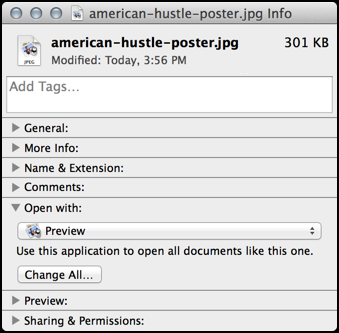

- OPEN SOURCE MAC SOFTWARE 2017 INSTALL
- OPEN SOURCE MAC SOFTWARE 2017 MANUAL
- OPEN SOURCE MAC SOFTWARE 2017 REGISTRATION
- OPEN SOURCE MAC SOFTWARE 2017 CODE
Overview has a search bar situated in the top-center of the screen which will search file names and applications. In Pop!_OS, clicking on the "Activities" menu in the upper left-hand corner of the screen opens the Activities Overview. On macOS, Spotlight Search can be launched by clicking the magnifying glass in the upper right-hand corner of the screen, or by pressing CMD+SPACE. Users will find UI elements where they expect them to be as well as some additional features. Software issues may also be reported on the issue tracker.Pop!_OS offers corresponding workflows and applications to those available in macOS.

OPEN SOURCE MAC SOFTWARE 2017 INSTALL
Although end users do not need any programming experience to install or use the software, interested developers and collaborators are welcome to request or submit features on the GitHub issue tracker at.
OPEN SOURCE MAC SOFTWARE 2017 CODE
We welcome potential code contributions to SlicerDMRI via the GitHub pull request system.

OPEN SOURCE MAC SOFTWARE 2017 MANUAL
Information about Slicer extension development is available in the Slicer developer manual on. 15), the SlicerDMRI source code is now freely available with a BSD-like license that permits unrestricted use, with all code downloadable at Interested developers may freely include or extend SlicerDMRI functionality in their own extensions for public distribution through Slicer or for private use. Originally developed starting in 2001 at the MIT AI Lab in collaboration with researchers at the Surgical Planning Laboratory at Harvard Medical School (Boston, MA ref. The integrated functionalities of SlicerDMRI, combined with its user base, enhance its value as a testbed for implementing and testing new methods of dMRI visualization and analysis, for both clinical and preclinical research. SlicerDMRI builds on this foundation to provide a unique environment for end-to-end dMRI analysis in clinical oncology, including imaging studies and intervention planning research. 3D Slicer is downloaded over 75,000 times per year, with active users and contributing developers from around the world.
OPEN SOURCE MAC SOFTWARE 2017 REGISTRATION
3D Slicer provides critical tools, including automated and semiautomated image segmentation ( 2) to label tumor tissue, image registration to align images across time points or modalities ( 3), and data interchange with clinical informatics systems ( 4). To meet single-patient clinical research needs, SlicerDMRI is built upon and deeply integrated with 3D Slicer, an NIH-supported open-source platform for medical image computing. Standard neuroscience imaging software that relies on common reference atlas spaces is often not well suited for individual patient analysis due to the effects of brain tumors. In this article, we focus on the unique needs of patient-specific oncological neuroimaging research, where each tumor can have a differing presentation. SlicerDMRI is used for both neuroscience research and cancer imaging research. SlicerDMRI is a suite of open-source software tools for dMRI research with a strong focus on the needs of clinical researchers. SlicerDMRI supports clinical DICOM and research file formats, is open-source and cross-platform, and can be installed as an extension to 3D Slicer ( More information, videos, tutorials, and sample data are available at. Core SlicerDMRI functionality includes diffusion tensor estimation, white matter tractography with single and multi-fiber models, and dMRI quantification. As an extension module of the 3D Slicer medical image computing platform, the SlicerDMRI suite enables dMRI analysis in a clinically relevant multimodal imaging workflow. SlicerDMRI has been successfully applied in multiple studies of the human brain in health and disease, and here, we especially focus on its cancer research applications. We describe SlicerDMRI, a software suite that enables visualization and analysis of dMRI for neuroscientific studies and patient-specific anatomic assessment. Diffusion MRI (dMRI) is the only noninvasive method for mapping white matter connections in the brain.


 0 kommentar(er)
0 kommentar(er)
